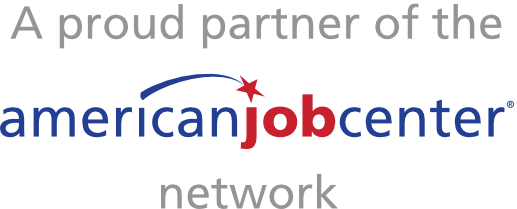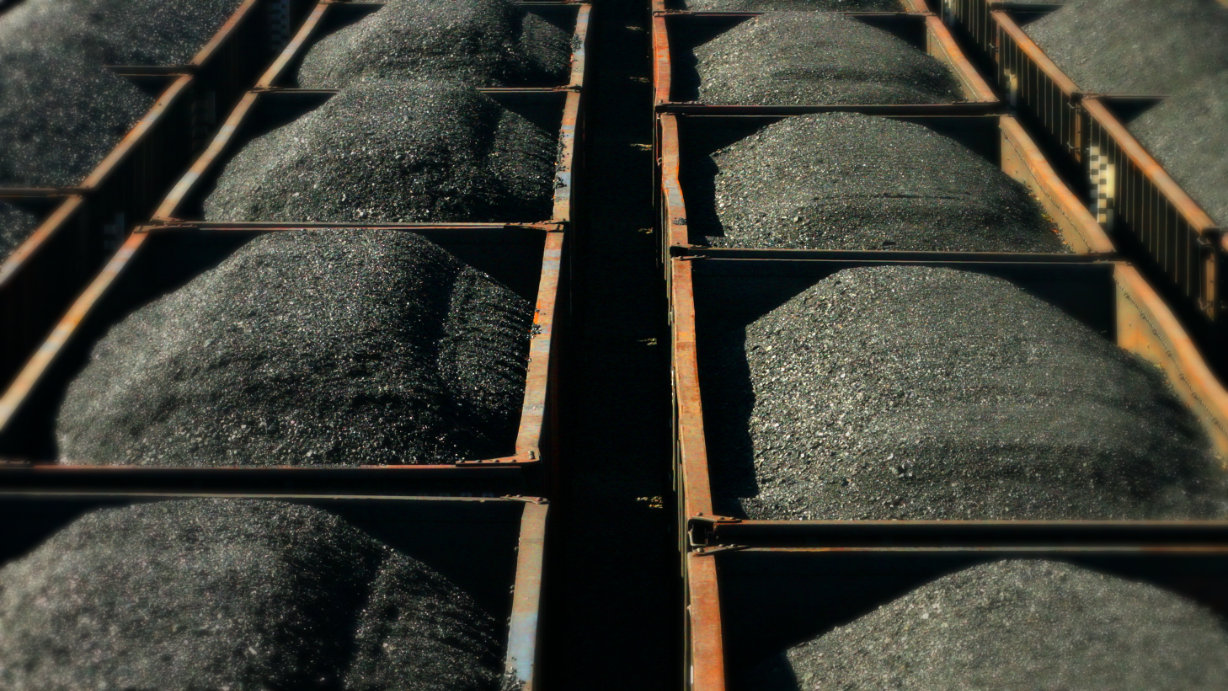The Big Five Markets
“We must open markets first to ensure that these workers have jobs to go to,” says Dennison. His organization strives to develop workforce and markets intentionally and simultaneously. “You can train a hundred people to be HVAC technicians, but if you only have six of those jobs available, you are still left with unemployed or underemployed workers.”
Coalfield Development Corporation has identified five markets they are creating in West Virginia: sustainable agriculture, green collar construction (including rehabilitation and energy efficiency), solar, mine land reclamation, and entrepreneurship in arts and culture. There is plenty of funding for training programs, says Dennison, but the key is sustainable job creation for a market that puts wages in pockets and allows people to be empowered to produce for their society.
Dennison and his partners have developed a formula for their development program, which they call 33-6-3: a weekly schedule of 33 hours of paid work, six hours of community college study, and three hours of life skills. There is a misperception, Dennison says, that the work of coal miners is limited to axes and picks. Most of these miners operate large, complex equipment; these operation and maintenance skills, coupled with the fact that many miners are licensed electricians, can transfer well into the solar industry, for example.
Dennison warns that, as we transition to a low-emission future, we need to be honest about the fact that the coal industry is not coming back. Rather than debating whether the coal industry is good or bad for the environment, we need to speak in economic terms, looking toward investment and business for the future. His organization tries to create more than one type of economic opportunity so that coal communities do not simply shift to depending on another singular opportunity, but have a range of options. “We have to honor the fact that coal has powered our country and that these people should be proud,” concludes Dennison. “It is now time to adapt for the future and a good quality of life.”
Argentina meets Virginia
Another program with roots in Appalachia is Weatherizers Without Borders (WWB), which started as a partnership between an Argentina-based non-profit, FOVISEE (Foro de Vivienda Sustentabilidad y Energias), and a Virginia-based non-profit, Community Housing Partners – Energy Solutions (CHP ES) in 2012. This program was patterned after the US Department of Energy’s Weatherization Assistance Program, an energy efficiency program initiated during the 1970s energy crisis.
WWB began as a grassroots campaign to train a group of a dozen local volunteers in the La Josefa neighborhood of Campana, Argentina – about 70km north of Buenos Aires. Transferring over 40 years of institutional knowledge to an area of the world unfamiliar with weatherization – using low-cost technologies to make homes more energy efficient – has saved the region decades of trial and error, property damage, and even loss of life, according to Chase Counts, utility programs manager of WWB. Counts’ group cooperates with local utilities and municipalities who have an interest in keeping their constituents healthy and safe and creates a positive feedback loop of local jobs, improved public health and funding freed up from utility costs that can be better spent on healthcare, food and local goods.
As the World Economic Forum’s Global Future Council on the Future of Energy seeks to define our energy transition and recommend policies that enable that evolution, we should not lose sight of the human impact of this new economy. We can draw from successful examples such as Coalfield Development Corporation and Weatherization Without Borders to be intentional about bringing all people along and to ensure that economic opportunities and quality of life are sustained.
Appalachia is not the only region that is adversely impacted by a fading industry; other states, regions, and countries should take heed and start modeling these and creating new programs to ensure all people can benefit from a low emission future. Using the public-private partnership model of the World Economic Forum, we can replicate best practices of these programs. In our enthusiasm for a new energy economy, we must ensure we do not leave people behind and that, rather, we create opportunities for economic development.
Written by
Director, Project for Clean Energy and Innovation










